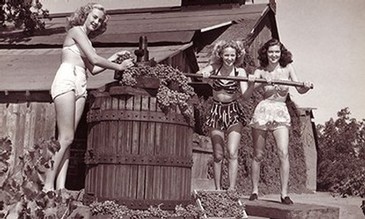 Early Lodi
Early Lodi
Early explorers discovered a region teeming with wildlife and lush vegetation. The valley’s floor was covered with towering oaks, grasses, and wildflowers. The rivers were filled with salmon, the skies with migratory birds, and the lands rich with deer. Grizzly bears rumbled through the foothills, vast herds of antelope and elk roamed the valley floors, and Miwok Indians first inhabited the region, hunting and gathering along the rivers.
Grapes were always part of the local landscape, growing wild along the riverbanks. Early trappers called one stream “Wine Creek,” due to the bounty of wild vines. That river was later renamed the Calaveras River, and flows through the southern part of the Lodi region today.
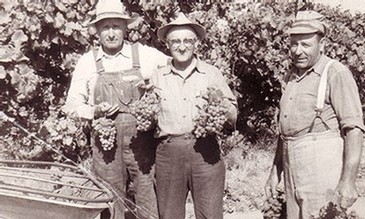 The First Vineyards
The First Vineyards
Capt. Charles Weber, founder of Stockton, was the first to plant grapes in the area around his home in 1850. Two years later, a Massachusetts man named George West, who first came to California to mine gold, saw Weber’s flourishing vines. West purchased cuttings from Weber and established the first major vineyard in the region just north of Stockton at the southern edge of the Lodi appellation.
West could see that California had very few wineries yet a rapidly growing and thirsty population. In 1858, he built the El Pinal Winery and became the region’s first commercial vintner. While West was expanding his vineyards and planting different varieties, growers in the heart of Lodi prospered farming grain and watermelons.
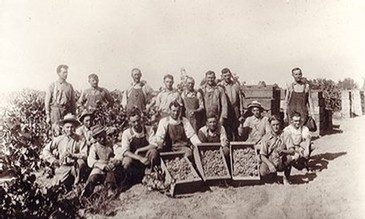 The Tokay
The Tokay
By the late 1880’s the market for grains and watermelons went flat. Farmers began focusing on other crops, but none excelled like grapes. Several varieties did well in Lodi, but Zinfandel and Tokay stood out above the rest. Growers especially embraced the Tokay, a versatile Algerian table grape with an eye-catching flame color. It was only in Lodi, with its sandy soils and cool delta breezes, that the Tokay would develop its distinctive flame color, laying the foundation for what would eventually become the Lodi Appellation (established 1986). The Tokay was a delicious grape that held up well during the long railcar trip across the country to eastern markets. It could also be fermented into wine, distilled into brandy, or fortified into port and sherry-styled wines.
Vineyards Flourish
Just after the turn of the century, vineyard development thrived, shipping companies emerged, and wineries slowly began sprouting up in the Lodi area. The once struggling growers prospered, and in 1901 the local newspaper declared that wine production was “the coming industry for this part of the state.”
Despite the prosperity, the West family maintained a strong monopoly on local wine production, providing few alternatives for growers to sell their grapes. Anger over West’s control led to the formation of many co-operative wineries, where the growers actually owned the business and shared the profits.
Prohibition
The enactment of Prohibition in 1919 posed a real threat to Lodi winegrape growers. Although some wineries did close, and some growers prematurely tore out their vines, it turned out that Prohibition became a very prosperous time for Lodi growers. The difference: Business simply shifted from making wine to shipping fresh grapes. Since home winemaking was allowed under the Volstead Act, the demand for winegrapes actually increased during Prohibition. As a result, thousands of railcars left Lodi each harvest full of Zinfandel, Tokay, and Alicante winegrapes, among others.
The repeal of Prohibition in 1933 signaled the rebirth of the Lodi wine industry. Some new co-operatives were formed, many new wineries were built, and Lodi wines were once again finding their way across the country. Dessert-style wines like sherry, port, and sparkling wines were the preference of the general consumer at the time.
The Varietal Wine Boom
Throughout the 40’s and 50’s Lodi prospered with their Tokay, Zinfandel, and dessert wines. In the 1960’s, however, consumer tastes began to change and table wines became the preference over dessert-style wines. In a matter of little time, consumers switched their focus to quality varietal wines over all others. The Tokay, no longer favored by wineries, was dealt another serious blow with the development of the seedless table grape that flourished in the warmer climates south of Lodi. The table grape market completely disappeared, and Lodi growers began focusing on producing quality varietal winegrapes for the blossoming table wine market.
The transition, which began in the late 60’s, and climaxed in the mid 90’s saw thousands of acres of grapes converted into premium varietal winegrapes. Buoyed by the reported health benefits of moderate wine consumption and a strong US economy, wineries throughout the state turned to Lodi to supply the growing demand for delicious and affordable table wines.
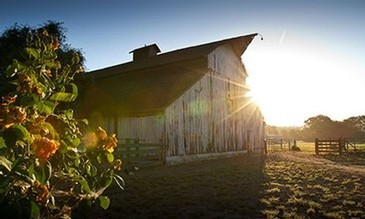 The Lodi Appellation
The Lodi Appellation
The area’s transition to premium wines got a credibility boost when the Lodi Appellation (American Viticulture Area) was approved in 1986. Wineries were now able to label their wines with Lodi listed as the grapes’ origin. Lodi was no longer the wine industry’s best kept secret as awareness slowly began to build for the distinctive quality of Lodi wines. At first only a handful of small local vintners produced a “Lodi” designated wine, but as the reputation of quality spread, vintners across the state proudly proclaimed “Lodi” on their wine labels.
Today & the Future
Today, Lodi is home to over 80 wineries, hundreds of wines declaring Lodi as place of origin, and approximately 100,000 acres of premium wine grapes. Leaders of the industry in sustainable viticulture practices, Lodi’s growers and vintners combine the best of tradition with the most modern advances of science and technology to preserve their land for generations to come. It is a region where a new generation of growers is rediscovering its rich heritage, and setting out to produce world-class wines that rival the best that California has to offer.
The Lodi Rules for Sustainable Winegrowing
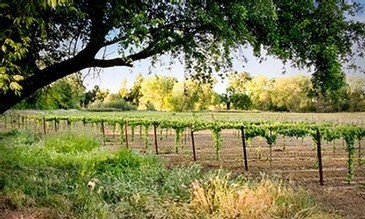 Certified Green
Certified Green
The Lodi Rules™ for Sustainable Winegrowing awards vineyard certification based on grower adoption of farming practices that benefit the environment, the community, and the local economy. The Lodi Rules was launched in 2005 as California’s first 3rd party-certified sustainable winegrowing certification program and is among the most rigorous and comprehensive programs in the country. To date, it is the only certification whose practices are accredited by Protected Harvest. The program plays a key role in establishing transparency and trust between farmers, wineries, and consumers, and ensures that our sustainability claims are accurate and substantiated.
 Sustainable Practices
Sustainable Practices
The Lodi Rules has over 100 sustainable farming practices that take a holistic approach to farming. This comprehensive approach goes beyond just pest management and includes:
Sustainable Vision
We articulate a sustainable vision for our farms, which serves as our compass for sustainable winegrowing. We evaluate our practices and constantly work toward refining our methods.
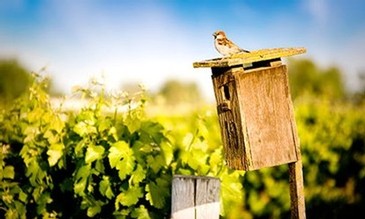 Integrated Pest Management
Integrated Pest Management
We protect our winegrapes from pests using only essential measures. We create and maintain habitat for natural enemies of pests.
Air Quality Control
We plant cover crops of native grasses in and around our vineyards to minimize dust. We minimize tractor usage to reduce air pollution and conserve energy.
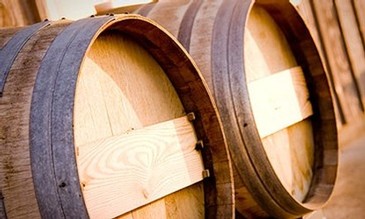 Land Stewardship
Land Stewardship
Our vineyards are integrated into the surrounding ecosystem. We establish riparian buffer zones, plant and preserve native grasses and trees, maintain vernal pools, protect wildlife habitat, and install nesting boxes for owls, birds, and bats.
Water Management
We conserve water use by constantly monitoring soil moisture and measuring the vines’ water needs. We use water efficiently by scheduling irrigation carefully, and maintaining and servicing our irrigation systems.
Soil Fertility
Balanced soils grow great wines. We add organic matter to the soil by planting cover crops and incorporating compost. We control fertilizer and irrigation to maximize nutrition in our soils which results in higher, more concentrated fruit quality.
Human Resources
People are the foundation of great sustainably grown wines. Our employees receive comprehensive training enabling them to perform their jobs safely and effectively. We strive to provide our employees with fulfilling employment by offering opportunities to advance their careers.
Proven Results
In 2014 over 20,000 acres were “Certified Green” in the Lodi appellation, and there are approximately 25 wineries producing wines bearing the Lodi Rules for Sustainable Winegrowing seal on their bottle. And we believe that these standards will not only protect our land, our workers, and the community we live in, but will produce higher quality wines more reflective of the place and the people that grew them.
 Family Farms
Family Farms
Since its inception as a farming community in the 19th century and through its evolution as a quality wine producing region, Lodi has always had what it takes to make a fine wine region: Down to earth people creating wines with a great sense of place.
Many of Lodi’s winegrowing families have been in the region for four and five generations, tracing their heritage back to Germany, Italy, Portugal and the Netherlands, among many others.
These hard-working families exhibit an entrepreneurial spirit with their overwhelming desire to constantly seek innovation – both in grape growing and winemaking practices. Their values are expressed in the widespread adoption of sustainable viticulture practices, ensuring that these vineyards will be farmed for generations to come.
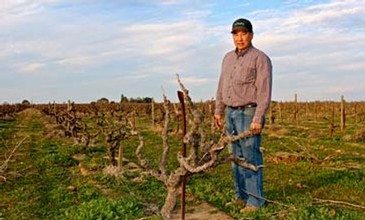 Over the last decade, these dedicated winegrowers have propelled the region from eight wineries in the early 1990’s to over 85 today. Armed with ambition, pride, a strong sense of tradition, and an uncompromising commitment to quality, today’s vintners are skillfully striking a balance between modern science and established traditional methods to handcraft world-class wines indicative of Lodi’s distinctive terroir and – as a result – are driving the region to new heights, bringing international attention to the wines of Lodi.
Over the last decade, these dedicated winegrowers have propelled the region from eight wineries in the early 1990’s to over 85 today. Armed with ambition, pride, a strong sense of tradition, and an uncompromising commitment to quality, today’s vintners are skillfully striking a balance between modern science and established traditional methods to handcraft world-class wines indicative of Lodi’s distinctive terroir and – as a result – are driving the region to new heights, bringing international attention to the wines of Lodi.


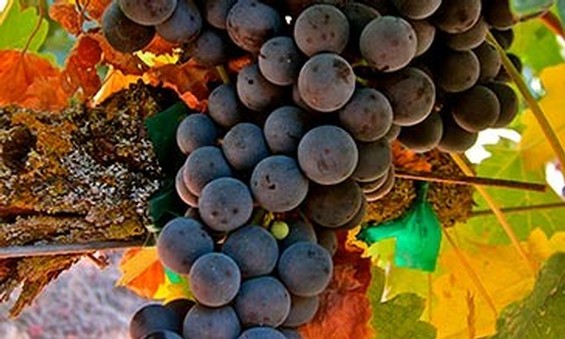
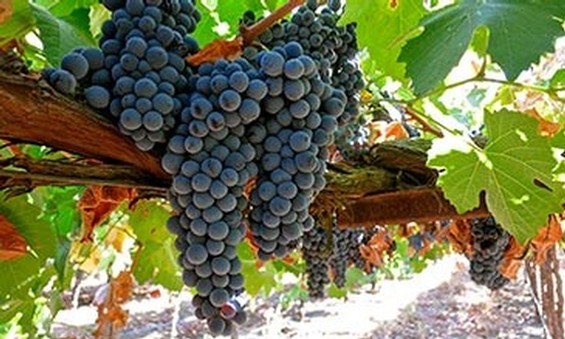
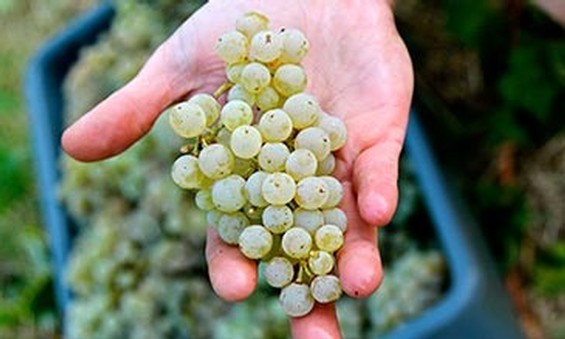
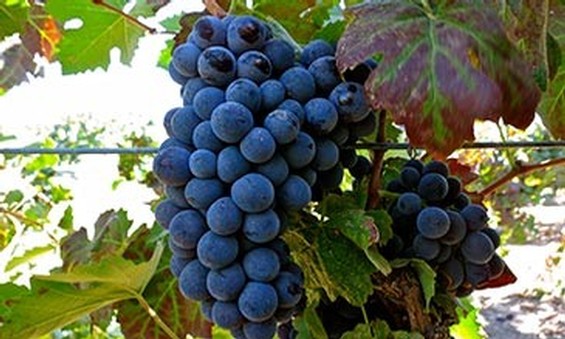
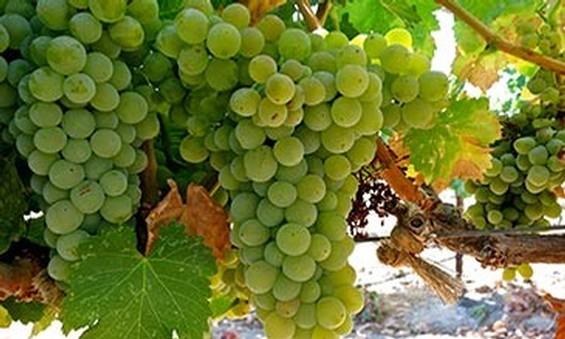
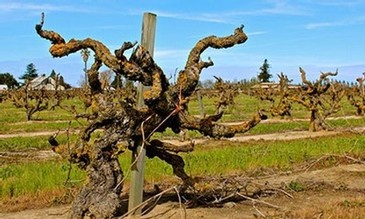 Zinfandel Capital of the World
Zinfandel Capital of the World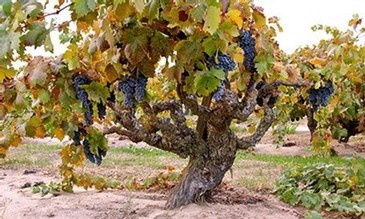 Lodi’s Heritage Vineyards
Lodi’s Heritage Vineyards Early Lodi
Early Lodi The First Vineyards
The First Vineyards The Tokay
The Tokay The Lodi Appellation
The Lodi Appellation Certified Green
Certified Green Sustainable Practices
Sustainable Practices Integrated Pest Management
Integrated Pest Management Land Stewardship
Land Stewardship Family Farms
Family Farms
 Over the last decade, these dedicated winegrowers have propelled the region from eight wineries in the early 1990’s to over 85 today. Armed with ambition, pride, a strong sense of tradition, and an uncompromising commitment to quality, today’s vintners are skillfully striking a balance between modern science and established traditional methods to handcraft world-class wines indicative of Lodi’s distinctive terroir and – as a result – are driving the region to new heights, bringing international attention to the wines of Lodi.
Over the last decade, these dedicated winegrowers have propelled the region from eight wineries in the early 1990’s to over 85 today. Armed with ambition, pride, a strong sense of tradition, and an uncompromising commitment to quality, today’s vintners are skillfully striking a balance between modern science and established traditional methods to handcraft world-class wines indicative of Lodi’s distinctive terroir and – as a result – are driving the region to new heights, bringing international attention to the wines of Lodi.